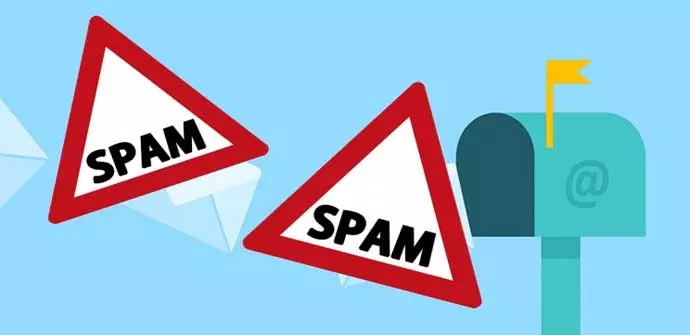Of the thousands of emails that users receive, many are not desired or not requested; they are considered spam and are automatically sent to the junk box, where email marketers dread to be. It is up to the user to check the number of messages destined to spam emails. This is because there are techniques of filtering emails that blockade unwanted, suspicious or infected messages that will have consequences on your device and/or your privacy.
We are speaking about software trained to protect users from spam. Nearly half of all emails circulating daily are spotted by spam filters as a shield to protect receivers. Where does this shield come from? How does this protection work? This is technology that is constantly being adjusted and optimized, that applies both to incoming messages and to outgoing messages.

The approach is through a large number of rules against which every incoming email is checked to consider it spam or ham. This set of rules makes up the filters that protect users. There are algorithms that score a category number to every message to define the possibility it is spam. Messages bring clues that are detected by the API to define whether it is legitimate or not.
The first shield for defence is placed at the gate of the client`s network. There are also standard filters developed by organizations to use content and credibility criteria to classify spam from ham. Then there are filters placed at the user`s devices which are tailored to the customer`s needs, which makes them highly efficient. These offer the special technique to eliminate emails that are offensive for the underage as they include “adult” content.
There are as many spam filters as specific scenarios. Some are content filters that will control language and content within messages, and screen subject, headers, footers, pictures, colors, fonts, attachments, links and the like. Some features that these filters detect are shortened URLs, excessive number of images and links, mistakes and the use of negative words (e.g. free, donate, etc.).
There are also filters that work based on a set of rules to detect content against such rules. A number is assigned to the message based on the weight or ranking, and the email is then considered spam if it is ranked above a given threshold. This approach will consider the IP from which the message was sent, by checking if it is blacklisted historically.
There is also a statistical technique that analyzes header and content. It checks terms and word sequences against a list of typically text data used in other spam messages. It has categories of messages, as trusted or suspect based on the probability number assigned.
Zyla Labs has a Spam Detection API, integrated with ML, AI and NLP, that serves its purpose of generating obstacles to protect your devices and your privacy, as well as your outgoing messages. It works together with other APIs (Spam Detector API, Spam Prevention API, Spam Checker API, and others) that also improve deliverability of your emails as a marketer, which will result in business growth.
Spam filtering might look as an optional service, but it is not. You and your devices, as well as your customers, are at constant risk. To prevent malicious messages, cyber threats and attacks, to avoid your marketing emails ending up in a junk box, to protect you and your family or your organization…safeguard your incoming and outgoing content with this suite of APIs.



